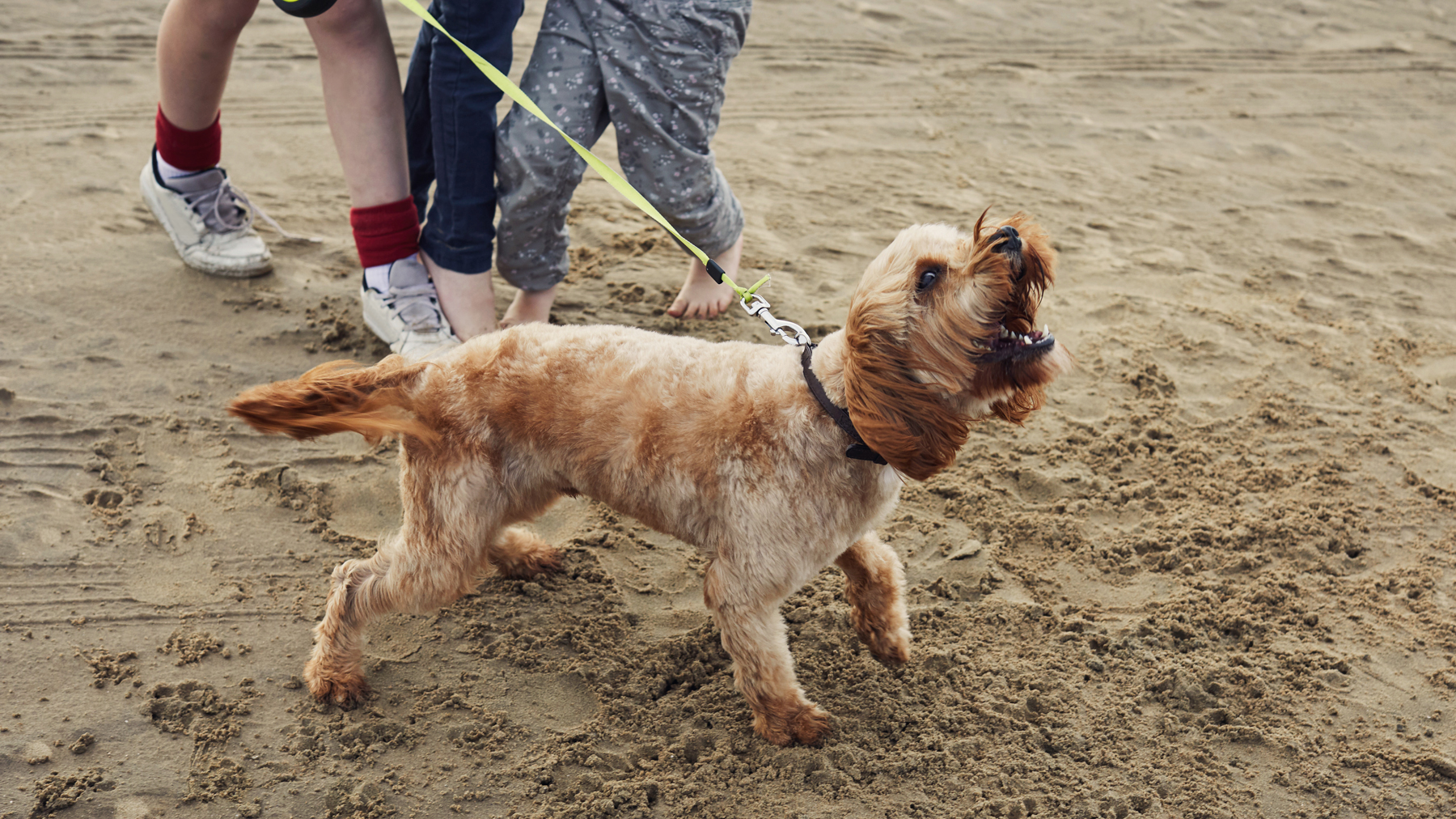Try just three steps from this behaviorist to stop excessive barking
If your dog is a serial barker, try this canine behaviorist's three-step process

Barking is a normal behavior for dogs and a way for them to communicate with other dogs and humans. However, sometimes this behavior is more excessive among certain dogs, and not even the longest lasting dog chews can distract your pooch from barking down the house.
In some cases, there could be a genuine reason why your dog won't stop barking. But if you think it could be more of an attention-seeking behavior or something they got away with as a puppy and never grew out of, then canine behaviorist, Will Atherton, has a method to help you manage this.
In a video posted to Tiktok, Atherton, shares a three-step process that he uses to teach a dog out of excessive barking. "We correct, we redirect, and we reinforce," he states.
Atherton places a particular emphasis on step one, correction. "When your dog is barking at something they shouldn’t be, we need to give them a command to help them understand that that’s not acceptable and we do that with a verbal correction." He provides examples of verbal commands in his video below.
Watch canine behaviorist Will Atherton share his three step process to stop a dog from barking
There is no point practicing this canine training method at home if you won't feel comfortable using it when you are walking your pooch in public. The key is to pick a verbal command that feels natural for you to say. Atherton suggests saying anything from 'Ah ah', to 'Leave it, to 'Ssshh'. He added, "(Use) whatever verbal correction you feel most comfortable with."
In order to see any real changes in your dog's barking habits it is your job to help them realize that they shouldn't be doing what they're doing. "We have to start with the ability to let our dogs understand that they’re doing something that we don’t want them to do".
Atherton says that if you can get past step one with your dog then you can then move onto the final two steps, which are supposedly 'where the magic truly happens'.
He doesn't delve into the latter two steps in his video but the 'redirecting' will require you to tell or show your dog where or what he should be doing. If he is barking excessively on a walk then you should lead him to continue walking. Or if the barking is happening at home, once you correct him you might then want to guide him to a crate to calm down or to his bed. Lastly, 'reinforcing' will rely on you to practice this training method to make sure your pup knows he will not be praised or rewarded for excessive barking. Instead, you can reward your dog for the behavior you do want to see.
Get the best advice, tips and top tech for your beloved Pets
There isn't one solution that will work for every barky dog but improvement will come from trying to understand your dog and then working out what training method works best for them. If the issue persists then it's worth looking into attending some 1:1 training sessions with a dog behavior expert.

Jessica holds a journalism degree from Cardiff University and has authored articles for renowned publications, including PetsRadar, Fit&Well, LiveScience, Runner's World, The Evening Express, and Tom's Guide. Throughout her career in journalism she has forged connections with experts in the field, like behaviorists, trainers, and vets. Through her writing, Jessica aims to empower pet owners with accurate information to enhance their furry companions' lives.
